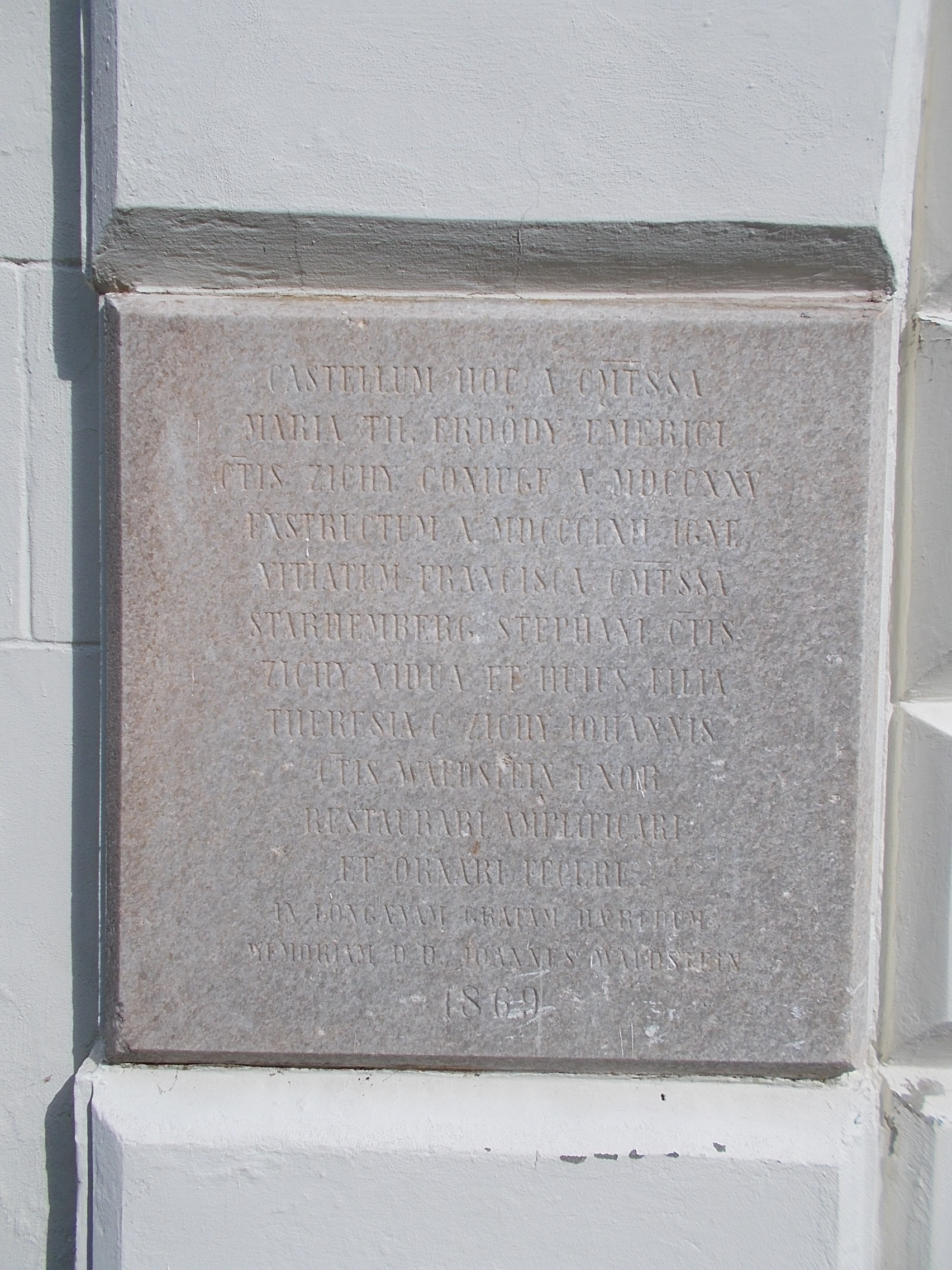There have been a lot of stereotypes about girls from postsocialist Europe. At the crossroads of dehumanization and class-based designs, these sexist preconceptions frequently emerge. Some Continental girls are portrayed as alluring pussies and operands, but others are viewed as poorer than their eastern peers. Stereotyping Southeast Continental women to make comedies https://you.fandom.com/wiki/Love_Quinn is incredibly offensive and problematic in today’s basically politically correct society.

Another illustration of this is the latest disagreement over the Serbian professor’s remarks toward his individuals. Although the popular media has praised the institution for taking motion, there is no notice of how his statements may own affected the well- being of these girls.
In the movie” Melanianade”, Mt’s reputedly”doll- like” appearance and her obscenely beautiful jewelry, designer clothing and accessories resembles the enthusiastic style of lower- class whitened American conservatives. Additionally, it goes against the stereotype of Southeast European people as hot”bitches” and girls who seek to exploit wealthy and powerful gentlemen from other countries.
This depiction of Northeast German women is a manifestation of male nationalism, in which men are seen as the guardians of the economy while women https://womenandtravel.net/moldova-women/ are expected to become sit- at- home mothers and wives. In this context, Eastern European women are portrayed as “gold diggers” as a reflection of post-soviet countries ‘ gender disparity and the persisting dominance of patriarchal beliefs. Additionally, this sexist stereotype contributes to the perception of post-socialist women as artificial, attention-hungry Barbie dolls.


